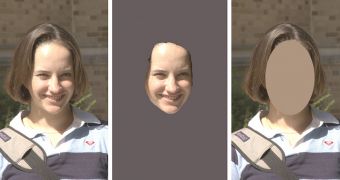In a recent study, experts in the US conducted a series of experiments that demonstrated a more efficient approach for biometrics-based identity recognition. Whereas previous technologies only took into account a person's face, the new method also gathers data of that person's body and posture.
The research was led by investigators at the University of Texas in Dallas (UTD) and the US National Institutes of Standards and Technology (NIST). Details of the work were published in the September 25 online issue of the esteemed journal Psychological Science.
The team moved away from the standard assumption that the most significant data of a person's identity are located on their face. While facial features remain critically important for biometric software, the new study suggests that other types of information may be equally important.
In the experiments, the joint team selected a group of participants, and then showed them pairs of images depicting either the same person, or different individuals. Each test subject was then asked to determine if the image pairs matched or not.
The photos were taken from entries in an international competition called the Face Recognition Vendor Test 2006, and their defining trait was that they were unrecognizable by automated facial recognition software. When viewing only images of faces, the test subjects exhibited random accuracy.
However, when they were showed images of upper torsos – faces erased – the participants were far more likely to make correct identifications. In other words, humans tend to recognize others based on traits of the upper body, not just the face.
Researchers used eye-tracking technology to figure out how the test subjects' eyes moved when assessing images. The data revealed a highly efficient and adaptive strategy for finding the right identity information in any set of images.
“For twenty years, the assumption in the automatic face recognition community has been that all important identity information is in the face,” NIST electronic engineer Jonathon Phillips explains.
“These results should point us toward exploring new ways to improve automatic recognition systems by incorporating information about the body beyond the face,” adds the expert, who is a coauthor of the new study.

 14 DAY TRIAL //
14 DAY TRIAL //